One of the most amazing cathedrals in the United States can be found in Manhattan, New York City.
In this post, you’ll discover the ultimate list of facts About St. Patrick’s Cathedral, a remarkable historic building in a city full of skyscrapers.
1. The cathedral is located in Midtown Manhattan
St. Patrick’s Cathedral is a Roman Catholic church in New York City that was dedicated to Saint Patrick, a 5th-century Romano-British missionary and bishop in Ireland.
The church is located in the heart of Midtown Manhattan on the east side of 5th Avenue between 50th and 51st Streets. It takes up an entire city block and is one of the most fascinating landmarks in the area.
It also faces Rockefeller Center, a large commercial center with multiple skyscrapers that was originally built during the Great Depression in the 1930s.

2. It’s the most important cathedral in New York
Apart from being a remarkable neo-Gothic landmark in the center of a city filled with marvelous skyscrapers, it’s also an important building for the Roman Catholic religion.
It’s the seat of the archbishop of the Roman Catholic Archdiocese of New York, as well as a parish church. The diocese of New York was created in 1808 and Pope Pius IX made it an archdiocese on July 19, 1850, after which was decided to build the cathedral.

3. The original plan was to turn the area into a cemetery
The moment that the diocese of New York was founded in 1808, the land was in possession of the Jesuit community who built a college and a chapel of St. Ignatius on the site.
It wasn’t until the year 1814 that the diocese acquired the land and awarded it to French monks who fled France because of the French Revolution. Up until then, the idea was to turn the area into a cemetery in the future.

The year after, however, Napoleon was defeated and the monks were able to return to France, which resulted in the chapel was abandoned for multiple decades.
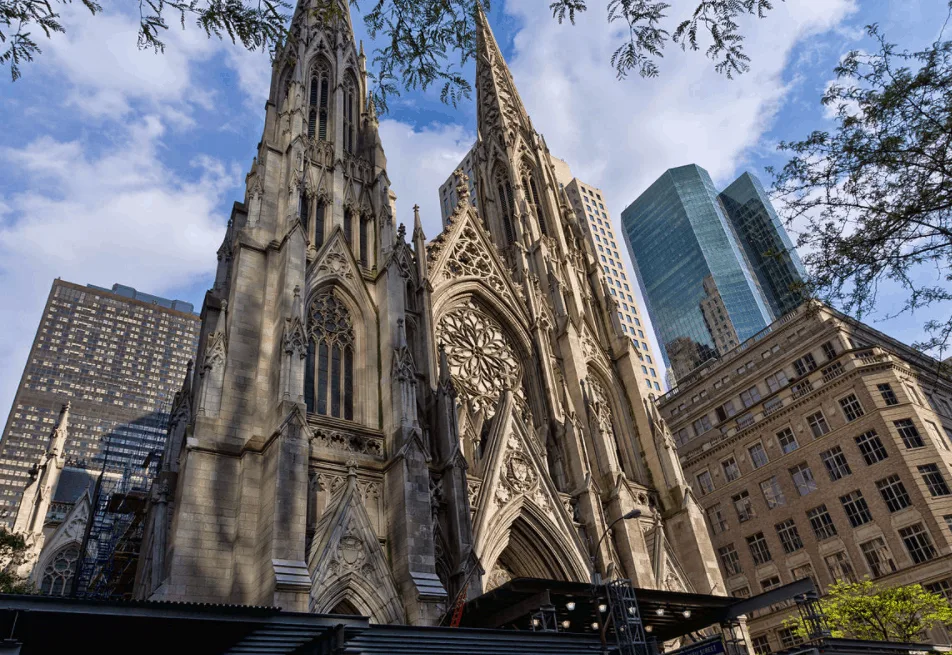
4. The cathedral replaced the Old St. Patrick’s Cathedral
Halfway through the 19th century, money was raised from thousands of mostly poor Irish immigrants to build a massive cathedral for the growing community. This means that the church was completely self-funded in a democratic way.
A large church on the site as needed as the Old St. Patrick’s Cathedral in Lower Manhattan didn’t suffice anymore. The old church remained the seat of the Roman Catholic Archdiocese of New York until the new cathedral was opened.

5. The church was designed by a renowned architect
When enough money was raised in the 1850s, one of the most renowned architects of the time was engaged to design the massive new cathedral. His name was James Renwick Jr. and he designed the church in the richly decorated neo-Gothic style which was popular at the time.
Renwick (1818-1895) has been referred to as “one of the most successful American architects of his time” and has designed numerous churches in the country, as well as many other important buildings as for example the Smithsonian Institution Building in Washington D.C.
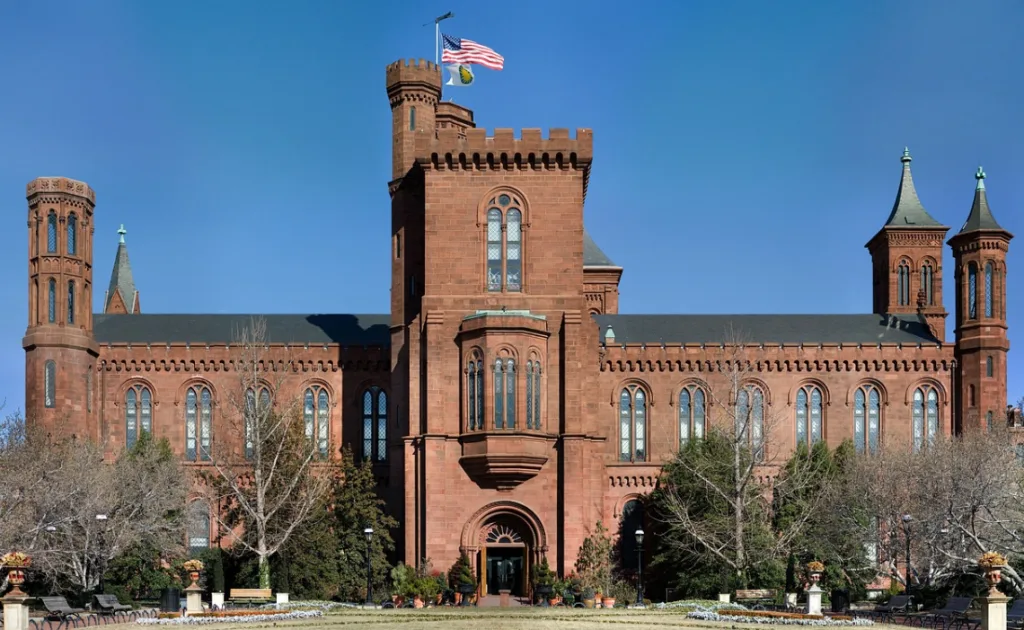
6. It took 2 decades for the church to be completed
The cornerstone of the new cathedral was laid on August 15, 1858, but the construction was halted during the Civil War between 1861 and 1865.
It would eventually take over 2 decades until the cathedral was completed as the structure was completed in the year 1878 and consecrated on May 29, 1879.
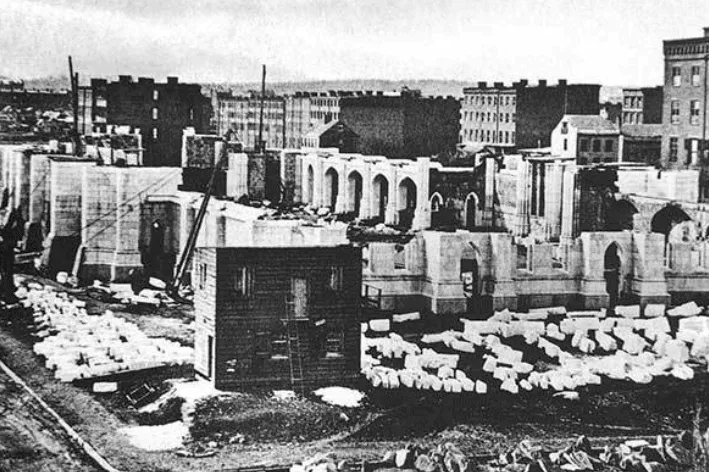
7. St. Patricks held a remarkable record in the 19th century
The reason why it took about 2 decades to complete the church wasn’t just the fact that construction was halted for 4 years by the Civil War, it’s also because the building is huge!
The church can accommodate over 3,000 people and has the following stats:
- Maximum width of 174 feet (53.0 meters).
- A maximum length of 332 feet (101.2 meters).
- 2 spires that rise 330 feet (100.6 meters) from street level.
- The building covers an area of 2 acres (0.81 hectares).
One of the most fascinating facts about St. Patrick’s Cathedral is that it’s still the largest church in North America until today, and when the spires were completed in 1888, it was also the tallest building in New York City, a remarkable record!
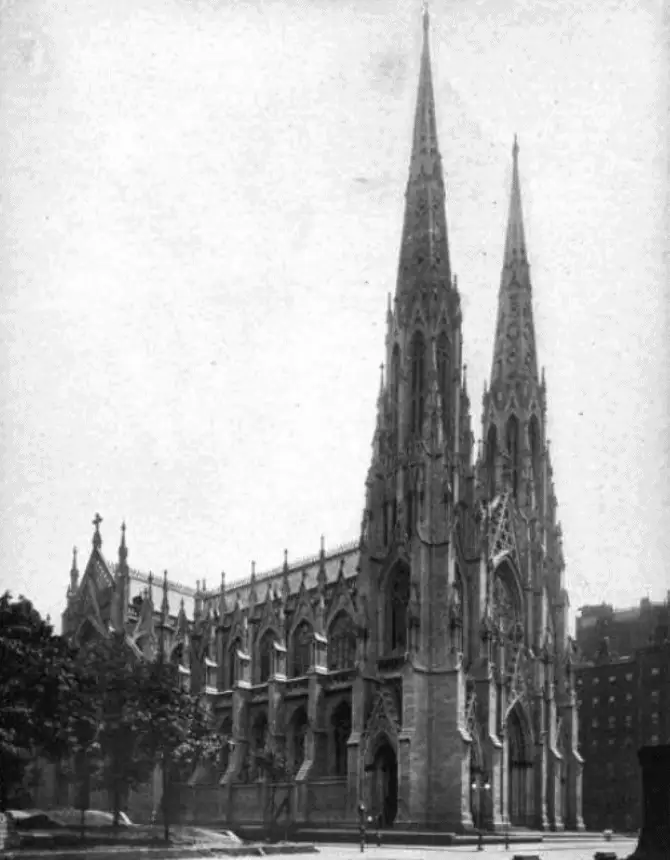
8. The Lady Chapel was completed in the early 20th century
While the church was completed in the year 1878, multiple additions were made afterward. These include the archbishop’s house and rectory which were completed in 1880, followed by the two prominent spires in 1888.
An expansion on the east and the Lady Chapel was completed between 1901 and 1906. The stained-glass windows in the Lady Chapel were completed by English stained glass artist and designer Paul Vincent Woodroffe between 1912 and 1930.
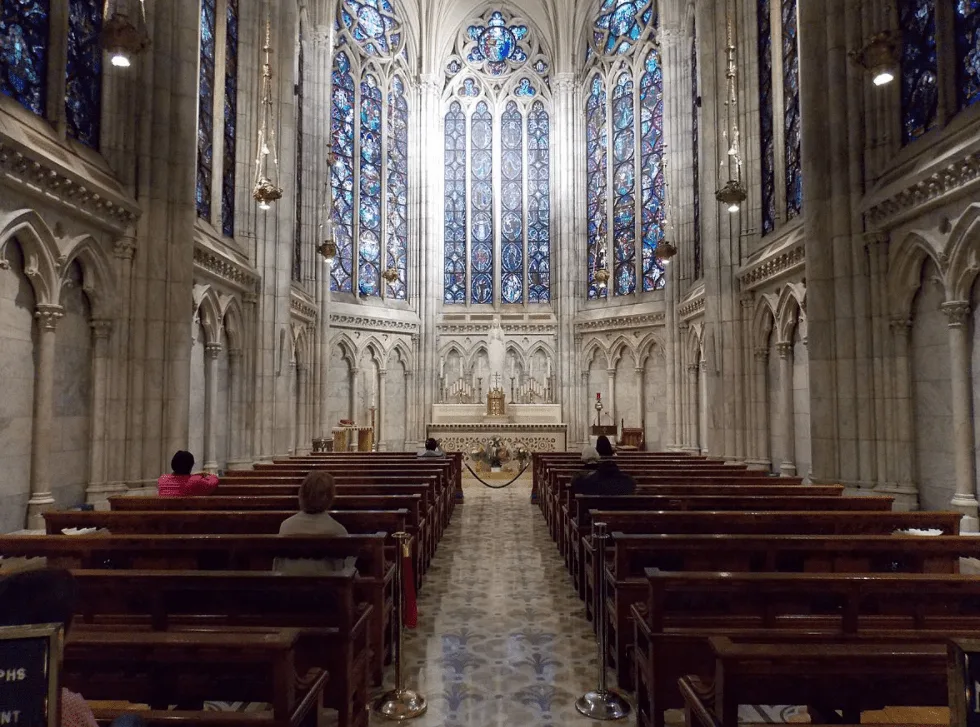
9. $177 million was spent on a renovation between 2012 and 2015
The first time that the cathedral was renovated was between 1927 and 1931. It was also then that the great organ was installed, bringing the total of the organs to 9,000 pipes, 206 stops, 150 ranks, and 10 divisions.
The biggest renovation to date happened fairly recently between 2012 and 2015 when $177 million USD was spent to completely renovate the structure. Decades of decay had resulted in most of the marble stones that decorate the cathedral’s exterior being in a severely deteriorated state.
It’s fair to conclude that the cathedral looks much better today!
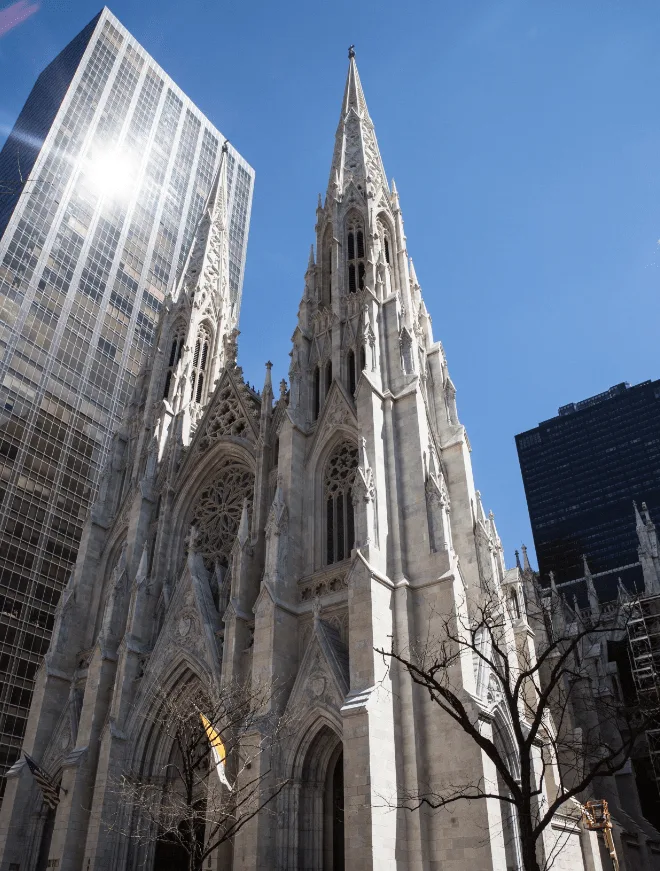
10. A huge Pietà decorates the interior of the cathedral
While the collection of art found in the cathedral isn’t nearly as extensive as in St. Peter’s Basilica in Rome, the Pietà that decorates its interior is something special.
The marble sculpture, which depicts the same theme as Michelangelo’s work in St. Peters, was sculpted by William Ordway Partridge (1861-1930) and is about 3 times the size of the original!
Other notable works are the award-winning Stations of the Cross and a bust of Pope John Paul II which was created to commemorate his visit to the city in 1979.
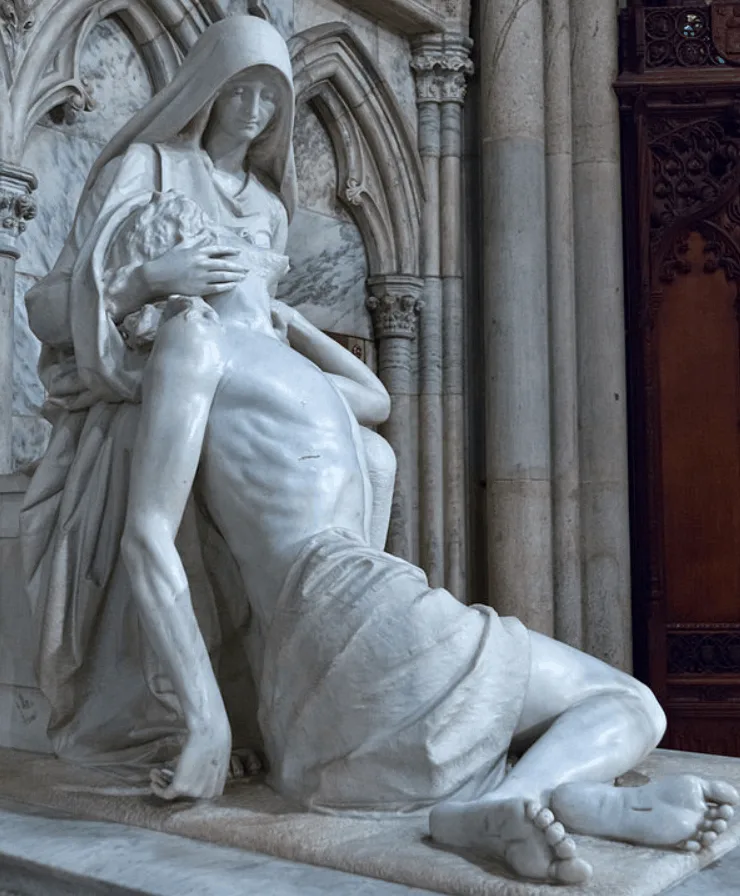
11. Numerous Requiem Masses of famous people were held here
Apart from serving as the final resting place of multiple important Roman Catholic figures, including Archbishops and Cardinals, multiple Requiem and Memorial Masses of other famous people have been held in the cathedral as well.
Some of these include:
- New York Yankees greats Babe Ruth, Roger Maris, and Billy Martin.
- Football coach Vince Lombardi.
- Attorney General and U.S. Senator from New York Robert F. Kennedy.
- Artist Andy Warhol
- Baseball player Joe DiMaggio
- Author William F. Buckley Jr.

12. St. Patrick’s is on the National Register of Historic Places
As one of the most famous and important historic landmarks in New York City, it has been added to the National Register of Historic Places, as well as dedicated as a National Historic Landmark in 1976.
Before that, in 1966, the New York City Landmarks Preservation Commission had declared the cathedral as a New York City Landmark as well.

